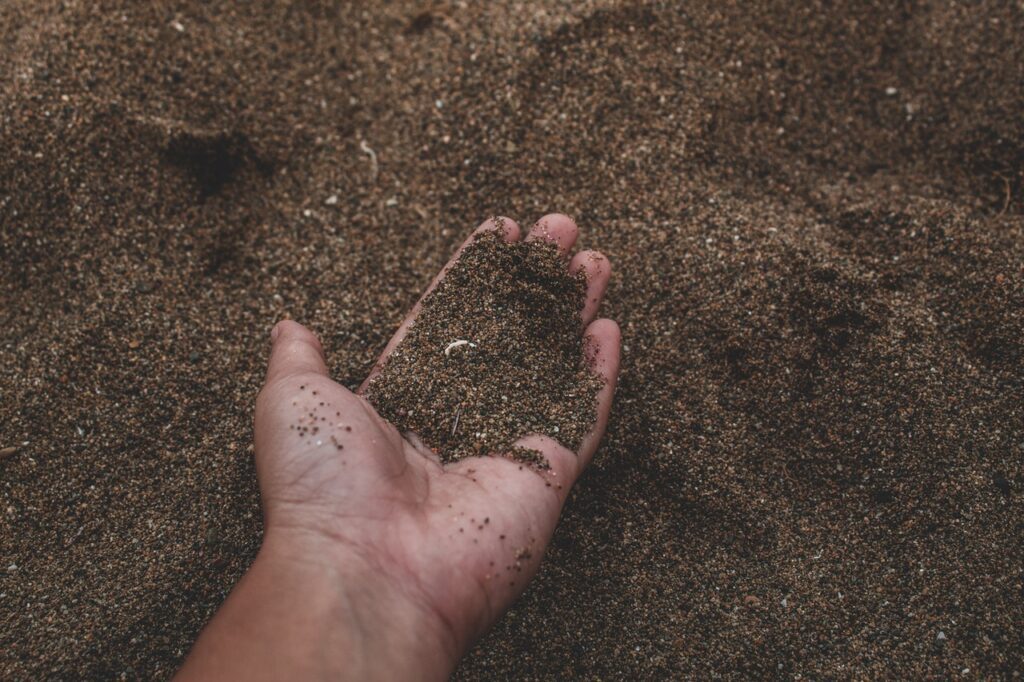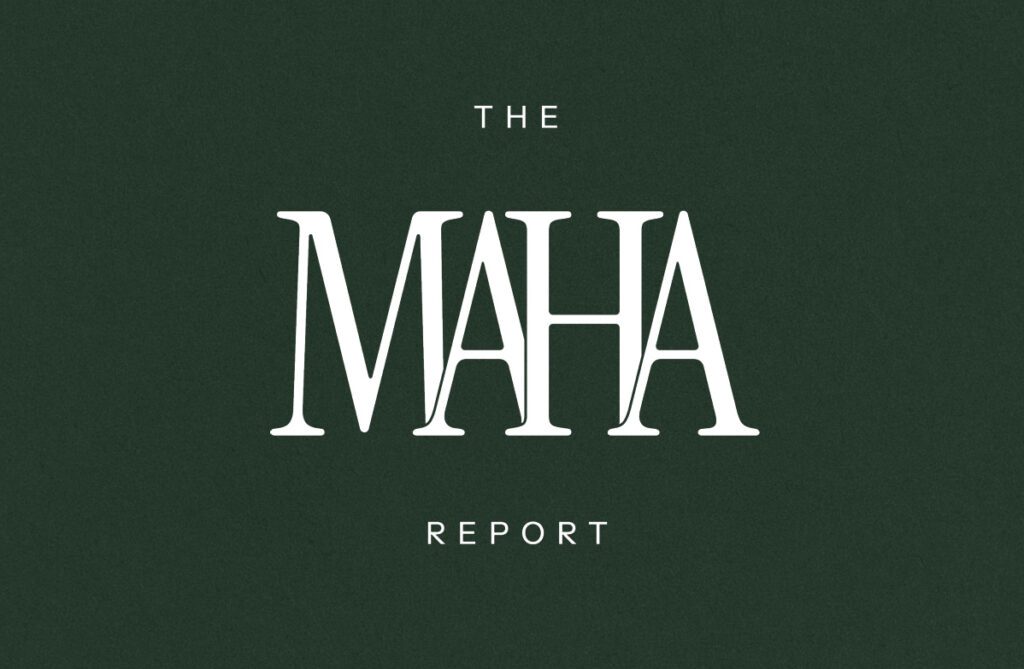According to the Food and Agriculture Organization’s (FAO) newly released Global Map of Salt-Affected Soils, there are more than 833 million hectares of salt-affected soils throughout the world. This is 8.7% of the earth’s total soils.
The majority of them exist in naturally arid or semi-arid areas in Africa, Asia, and Latin America. The map also reveals that 20% to 50% of irrigated soils across all continents are overly salty, implying that over 1.5 billion people have substantial hurdles in producing food due to soil deterioration.
What is soil salinization?
Salts are naturally found in soils and water, and they move easily through them. Saline soils may sustain diverse ecosystems.
However, natural events such as droughts and human actions, particularly incorrect irrigation, may increase the amount of salts in soils, a process known as salinization. Soil salinization degrades our soils and lowers their capacity to aid in the growth of our food.
According to the FAO’s report, agricultural output must expand by 60% worldwide and 100% in certain emerging countries to prevent food shortages and fulfill rising demand for a growing global population, which is expected to reach over 10 billion by 2050.
Tackling soil salinization
Biotechnology has come up with a solution: “a protective coating—consisting of silk, sugar, and bacteria-that could help to cultivate seed growth in highly saline soil, potentially making these lands accessible to farming again,” says Fast Company.
GMOs and gene editing can help prevent the erosion that drives salinization in the first place by promoting no-till agriculture, which helps keep soil in place and helps reduce soil erosion and water runoff.
In addition, biotechnology can make crops resistant to disease and pests, thereby reducing the need for pesticides, explains GMO Answers.
And gene editing is boosting the health of the soil itself: “Researchers at the Salk Institute of Biological Studies are using gene editing to develop plants with bigger, deeper roots, which will stay in the ground after the crop is harvested,” explains lnnovature. “Over time, these roots will break down slowly.”
World Soil Day established to raise awareness
World Soil Day is celebrated on December 5th each year to draw attention to the significance of healthy soil and to advocate for the sustainable management of soil resources.
The International Union of Soil Sciences proposed an international day to commemorate soil in 2002. The UN General Assembly declared December 5, 2014, the first official World Soil Day.
This year’s World Soil Day (#WorldSoilDay) and its campaign “Halt soil salinization, boost soil productivity” are aimed at raising awareness about the importance of sustaining healthy ecosystems and human well-being by tackling growing challenges in soil management, combating soil salinization and raising awareness of soil health.




